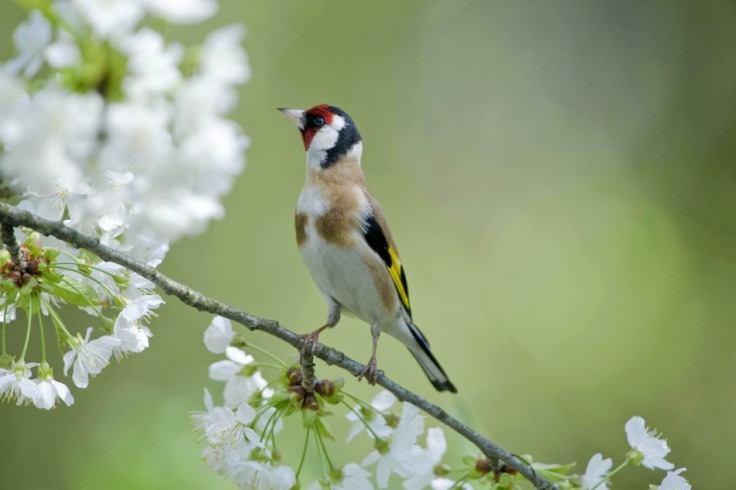Goldfinch Numbers Swell, Others Decline

The number of goldfinches has increased almost five times since 1995, a new study has found. At the same time, a number of other species have shown a decrease.
Researchers from the British Trust for Ornithology (BTO) who carried out the survey in several farmlands, believe that the main reason behind the increase is better food and feeders in gardens.
"With the Olympics around the corner, it is appropriate that goldfinches are leading the race into gardens. Improved foods and feeder designs, coupled with feeding pressures in the wider countryside, appear to be driving this and other farmland species - such as bullfinch, reed bunting and lesser redpoll - into gardens," said Dr Tim Harrison from the BTO Garden Bird Watch, in a statement.
Researchers have also seen a major decrease in several other species of birds like starlings. These birds were seen in 71 per cent of gardens in 1995, but now only 47 per cent were seen. Greenfinches are down by about the same number - falling from 71% to 53%. Song thrushes are now seen in only half as many gardens as they were 16 years ago, with only 15 per cent of people now spotting them, according to Press Association.
"For every garden bird success story - such as goldfinch and bullfinch - there is, unfortunately, a species faring less well. Mistle thrush, for example, is really struggling. During 2011 the percentage of gardens visited by this imposing thrush was at its lowest point in the 16-year history of BTO Garden BirdWatch, and it is now largely absent from gardens in Greater London," said Harrison.
© Copyright IBTimes 2025. All rights reserved.





















